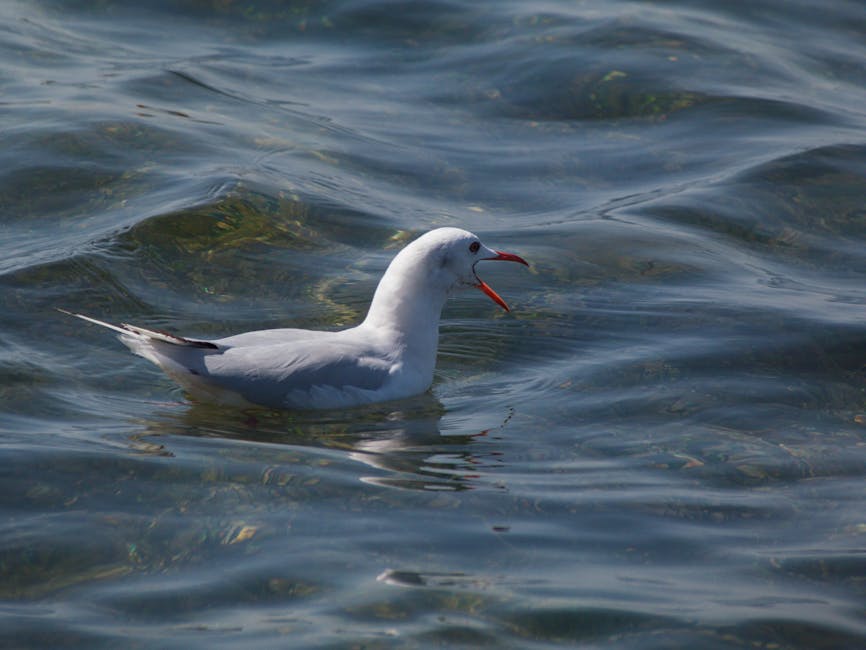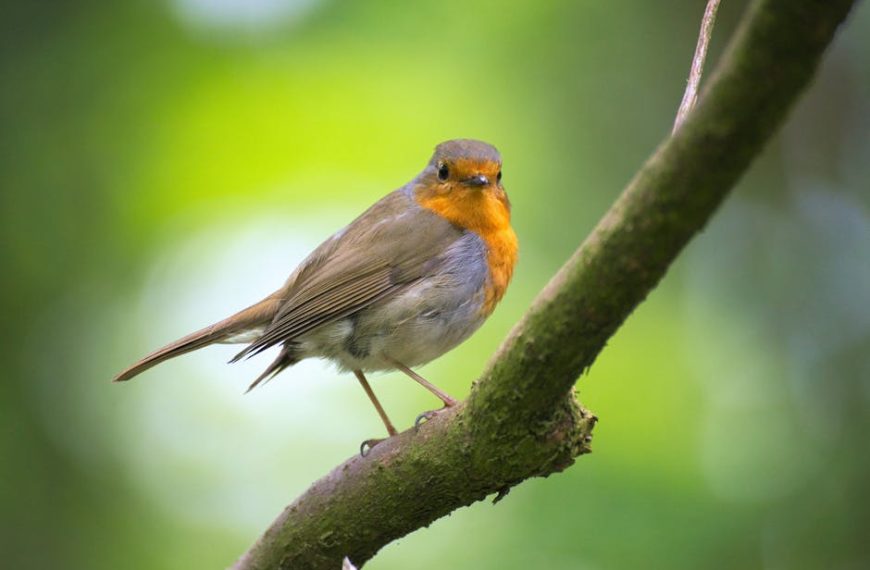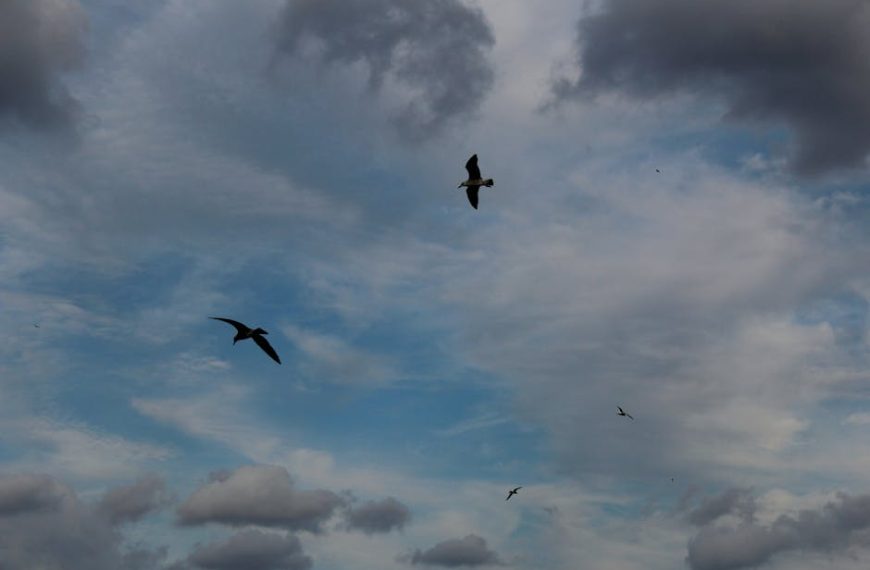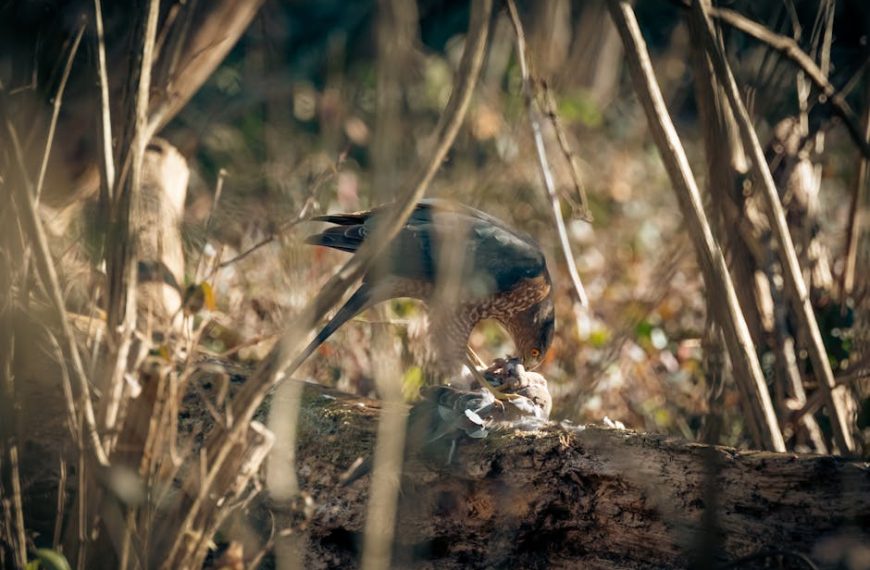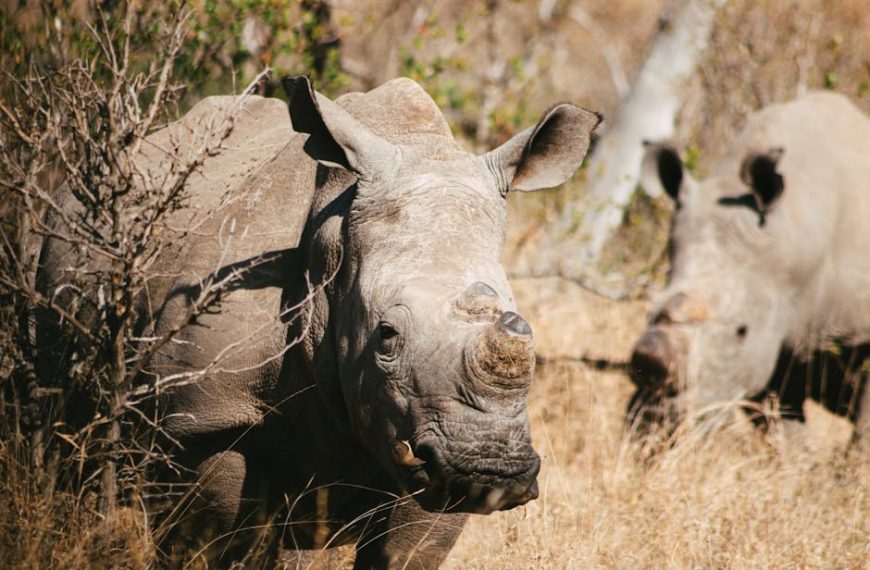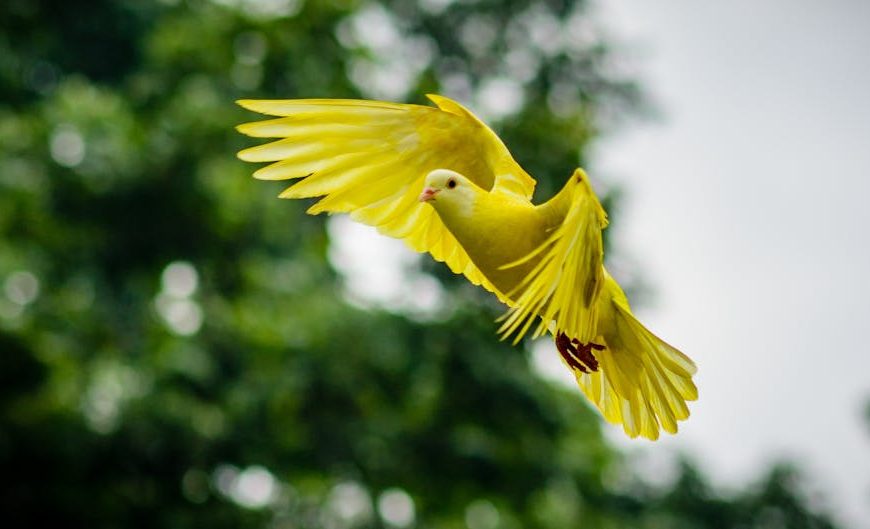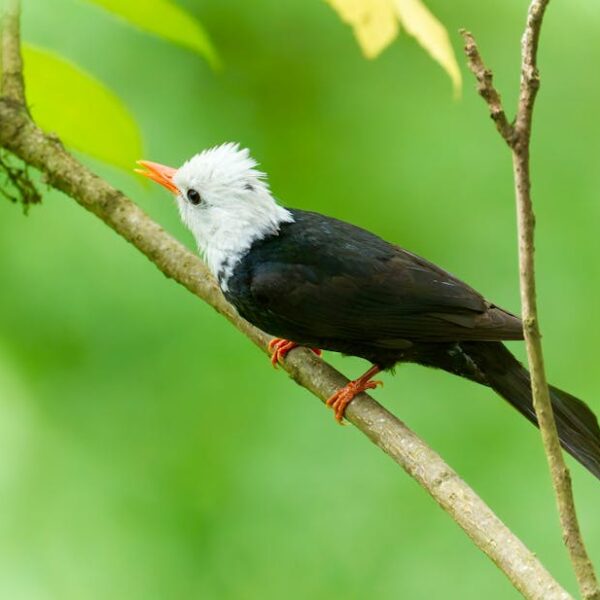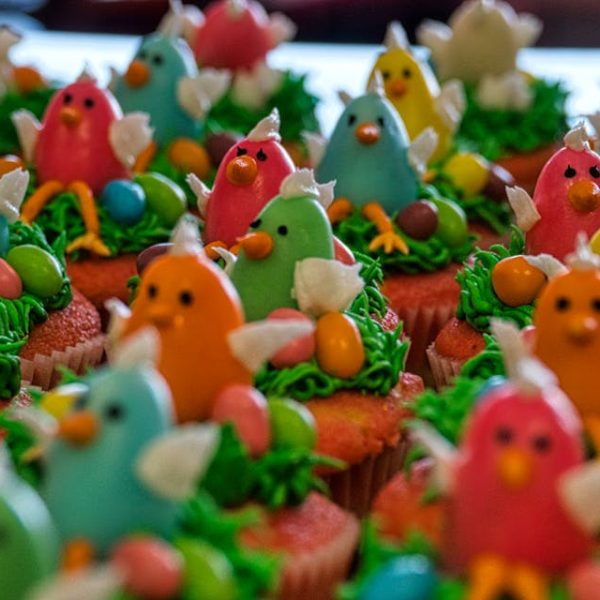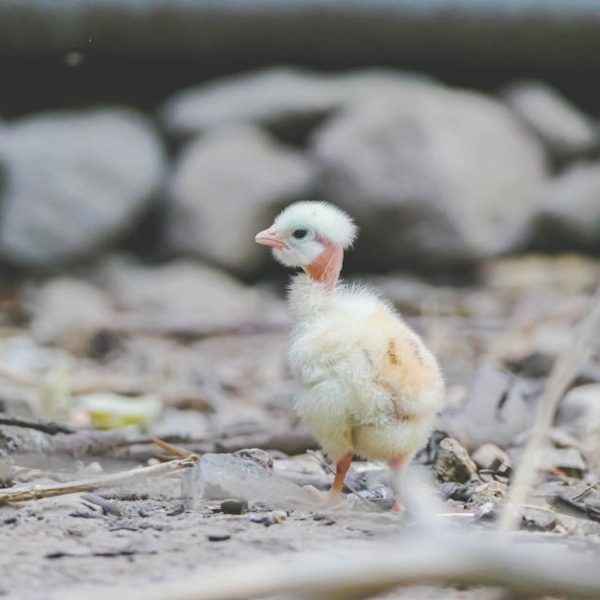In the quest to maintain healthy and vibrant gardens, insect-eating birds are potent allies. Varying from common robins, delightful bluebirds, to lively chickadees, these birds contribute significantly to the control of garden pests. The inflow of such feathery creatures not only has direct implications for natural pest control, but equally enhances overall biodiversity and provides birdwatching delights. The direct role in maintaining plant health also cannot be undervalued.
Why Attract Insect-Eating Birds
Insect-eating birds play critical roles in our gardens. Key among these contributions include:
Balancing the presence of these birds and insects is vital in creating a healthy and sustainable garden ecosystem. Strategic placement of feed, adequate shelters, and the careful use of pesticides can ensure the ideal balance.
Understanding Insect-Eating Bird Species
Different bird species have varying preferences in terms of their diet, and understanding these preferences helps attract them to your garden. Popular insect-eaters include robins, bluebirds, and chickadees, all of which add charm to your garden.
| Bird Species | Preferred Insects | Nesting Preferences | Regional Presence |
|---|---|---|---|
| Robins | Earthworms, caterpillars, beetles | Open nests in trees or shrubs | All regions |
| Bluebirds | Grasshoppers, caterpillars, beetles | Nestboxes or tree cavities | Eastern regions |
| Chickadees | Aphids, whiteflies, spiders | Nest boxes, hanging plants, tree cavities | All regions |
To be continued… #ERROR!
Key Takeaway:
- Insect-eating birds have multiple advantages for your garden as they act as natural pest control, offer birdwatching opportunities, and enhance biodiversity.
- Understanding different species of insect-eating birds, such as robins, bluebirds, and chickadees, can help in attracting them to your garden.
- Garden design heavily influences the variety of birds attracted. Optimal garden layout, plant selection, and incorporation of bird-friendly features can significantly improve bird attraction.
- Apart from insects, providing additional food sources, like bird feeders and bird-friendly plants, can attract a wider variety of birds.
- Maintaining a bird-friendly garden involves minimizing pesticide usage, offering safe shelters and safeguarding the garden from potential threats like pets.
Despite the challenges, creating a bird-friendly garden that encourages insect-eating birds is an achievable task with significant rewards. Remember, every step taken towards making your garden more wildlife-friendly contributes to a healthier local ecosystem and a more vibrant garden environment for you to enjoy. Take small actions today for a more enriched garden tomorrow!
FAQs
Q: What can I do if a particular bird species is not attracted to my garden?
A: You may need to understand their specific dietary needs, nesting preferences, or habitat requirements. Offering suitable food, ensuring a safe environment, and creating attractive nesting spaces can help in attracting them.
Q: Can an overpopulation of birds harm my garden?
A: While it is a rarity, too many birds can potentially eat beneficial insects and upset the garden’s delicate ecosystem. It is crucial to maintain a balance and discourage overpopulation.
Q: Is it safe to provide birdhouses for nesting?
A: Yes, birdhouses can offer safe nesting spaces for birds. Ensure they are well cleaned, placed in a safe location, and do not encourage invasive or predatory species.
Q: How can I prevent my pets from harming the birds in my garden?
A: You could train your pets not to harm the birds and create safe and high bird feeders or birdhouses where your pets can’t reach.
Q: Is it okay to use store-bought insecticides in my garden?
A: As far as possible, try to limit the use of chemical insecticides. They could potentially harm the birds and disrupt their food supply. Opt for organic or natural pest control methods instead.
This article is just a stepping stone in your bird-friendly gardening journey. Feel free to share it with fellow gardening enthusiasts and keep exploring our other posts for more insights and tips!
